A Glimpse of North Macedonia
Chiara Mihalčatinová
At the beginning of May 2023, Strategic Analysis went on a 5-days trip to North Macedonia and I got the opportunity to accompany them as an intern. Thanks to this opportunity, I had a chance to see the western Balkan country through my own lenses and gain a first-hand experience with many paradoxes that characterise the nature of North Macedonia. The aim of this article is to present the reader with facts, observations, and inputs that were obtained during the aforementioned journey from the perspective of a girl living in Central Europe.
The Beginning of the Trip
The trip started on May 4 with a long but smooth car drive from Bratislava to Skopje. During the journey, I observed the transition from a mainly flat Hungary and Serbia to a rather mountainous North Macedonia. The final destination – Skopje, was reached around 7pm. The city tour started off with sightseeing, mainly the main historical buildings in the city centre was walked across. The first impression brought mixed feelings – huge, impressive buildings accompanied by poor-looking resident buildings, the majority of them being unfinished. It was revealed to me that the inhabitants don’t complete their houses deliberately – the residents are freed from certain taxes when the building lacks a facade. And the reason behind a relatively big concentration of luxurious monument buildings is obvious – Skopje is yet another victim of government corruption.
The second day began with a more complex city tour. We had a chance to see not only the division between a new and old city – Macedonian and Albanian, but also the religious differences were revealed. Christian churches were gradually replaced by Muslim mosques, mostly Turkish types, as it was revealed to me. I was given the chance to see Skopje from above by visiting the city’s fortress. The view was undoubtedly mesmerising, and the mix of ethnicities and religions was even more evident.
Speaking of religions, I also had the chance to visit the mosque for the first time in my life and witness where the prayers are held. During our drive to Ohrid, we made a quick stop to Tetovo to visit the city wonder – the Colourful Mosque. It is known for its extraordinary appearance, decorated with paintings, more than 500 years old. It was truly an amazing experience, not only seeing the mosque for the first time, but also having the opportunity to view such a magnificent Islamic work of art that dates back to the Ottoman Empire.
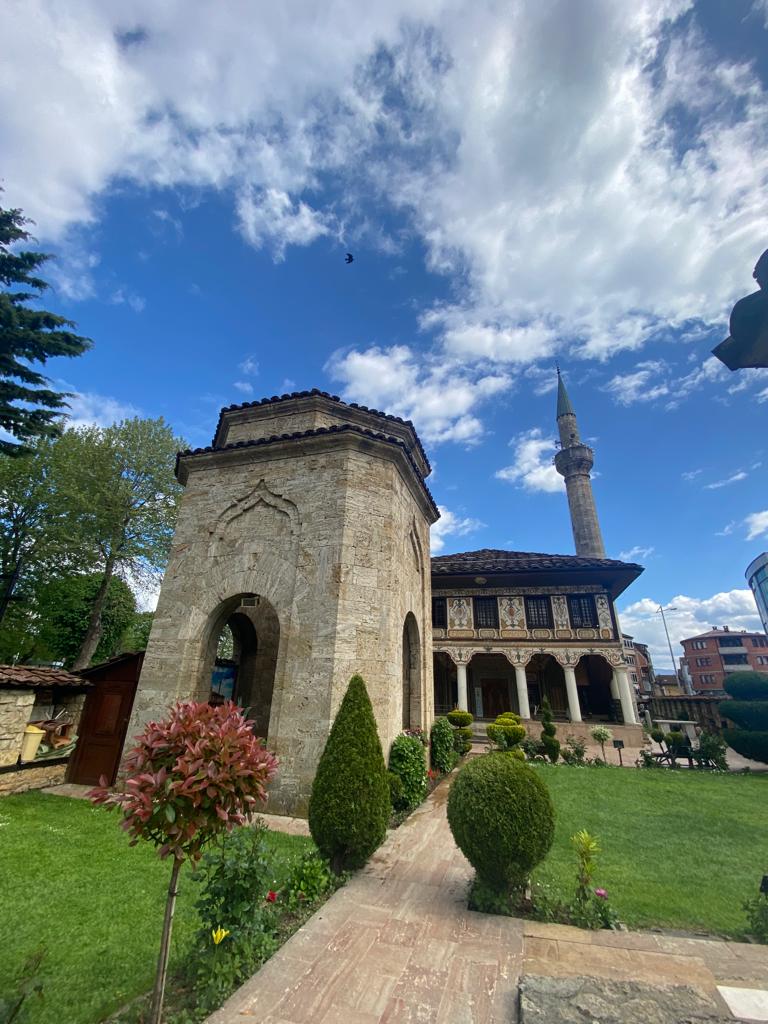
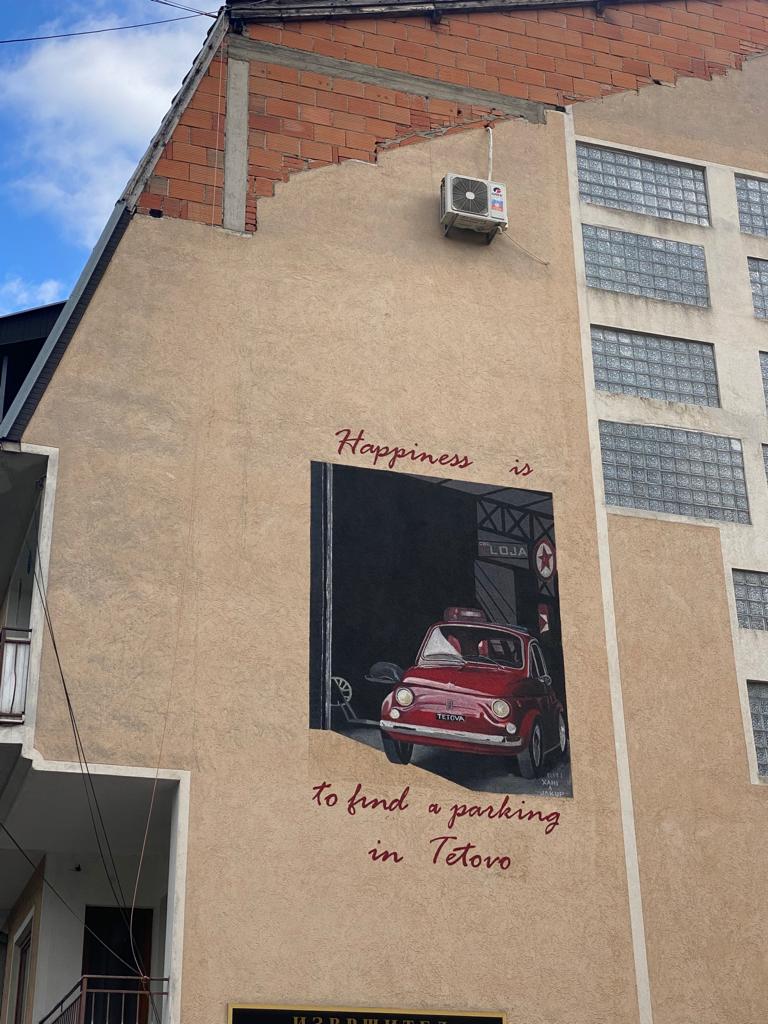
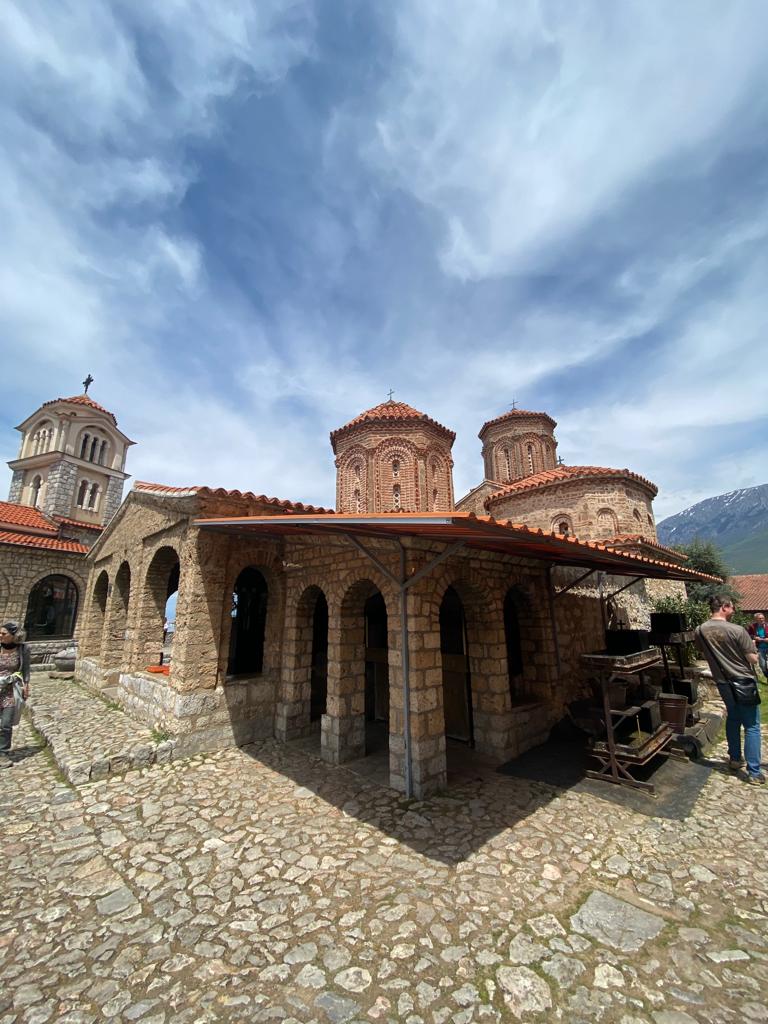
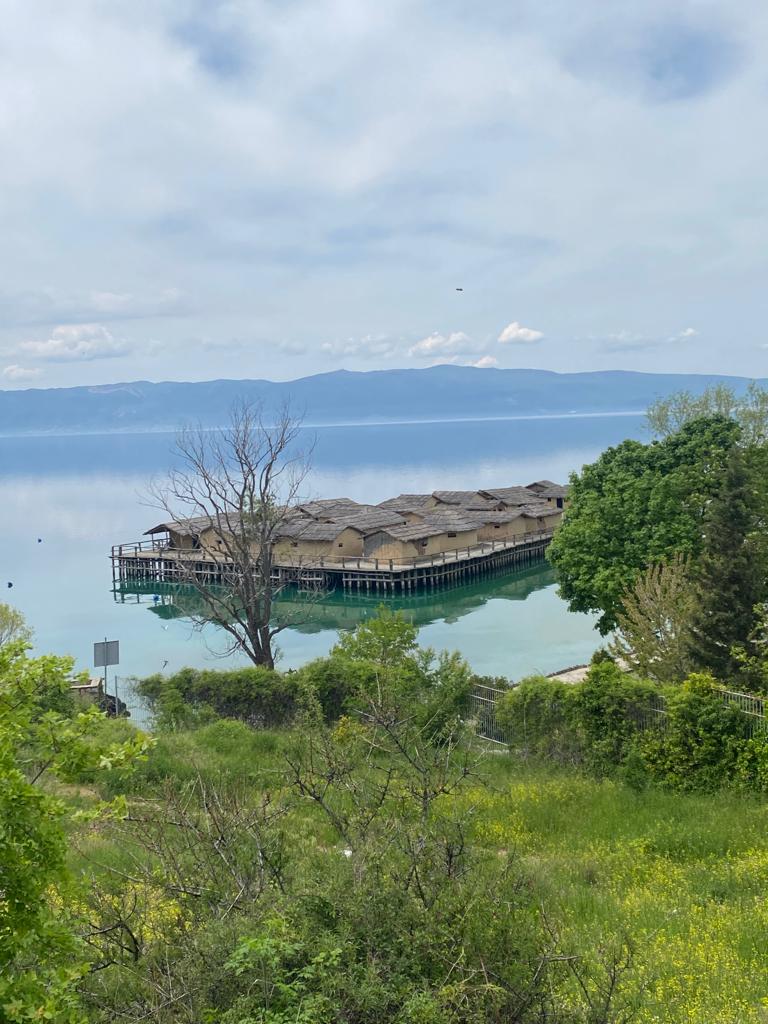
OHRID
Later on, the trip took place in Ohrid, the city known for its beautiful clean lake bearing the same name. The lake of Ohrid is one of the deepest lakes in Europe, attracting an ample number of tourists from the whole world. A fun fact about this city and lake is that UNESCO gave a deadline for the city holders to extend the protection of the area and to regulate urban development. If not met, UNESCO will add Ohrid to the list of World Heritage Sites in Danger.
We spent almost 3 days in Ohrid, during which we saw everything that the city and lake had to offer. The first stop was, unsurprisingly, the most Instagram-friendly spot – the Church of Saint John. We reached it during our walk across the lake coast surrounded by almost untouched nature. We also bumped into the regular meeting of Interpol officials, which was happening at that time in Ohrid – proof that Ohrid is indeed attracting not only tourists but high-ranking officials as well. For instance, the Vila Biljana complex, which includes the villa of the president, the villa of the prime minister and several villas of public administration, is also located there.
The city centre of Ohrid bears all signs of a European touristic destination. The main street is filled with small shops offering everything from flip-flops to traditional Ohrid pearls. Apparently, every shop is holding a monopole for the one and only true Ohrid-based pearls.
On our way back to Skopje, we also had a chance to visit the Monastery of Saint Neum, known for the possession of gracious peacocks. We’ve been lucky enough to see them showing their colourful feathers. The Lake of Prespa, another beautiful lake, was also visited, which offered us a look at the place where three borders meet – Albanian, Greek and Macedonian. From there, we went straight back to Skopje. However, another surprising observation was seeing many closed and boarded-up houses. They all looked very nice, even luxurious, but were unoccupied. This is due to the fact that most of its residents reside outside of the country, primarily in Western countries, and that they only visit North Macedonia for a few months a year to enjoy their hard-spent money.
The journey eventually came to an end on May 9 when we arrived safely in Bratislava. Despite the trip being relatively quick, it was packed with experiences. Me as an intern, had a chance to travel across North Macedonia and develop my first-hand opinion of the country. And the opinion is undoubtedly positive. Seeing this country through my own eyes removed all prejudices I previously held and shaped my perception. I certainly recommend visiting North Macedonia and experiencing all of the paradoxes on your own. Last but not least, I want to express my gratitude to Strategic Analysis for giving me this opportunity since I am convinced that if I travel to North Macedonia with a different group, I would never be able to obtain the same level of complex insight that I have right now.
Chiara Mihalčatinová is a student of International Relations and Diplomacy at Matej Bel University in Banská Bystrica and an Intern within the Strategic Analysis Young Leaders Programme.
Disclaimer: The authors of the photos in this article are Petra Bošková and Chiara Mihlačatinová.
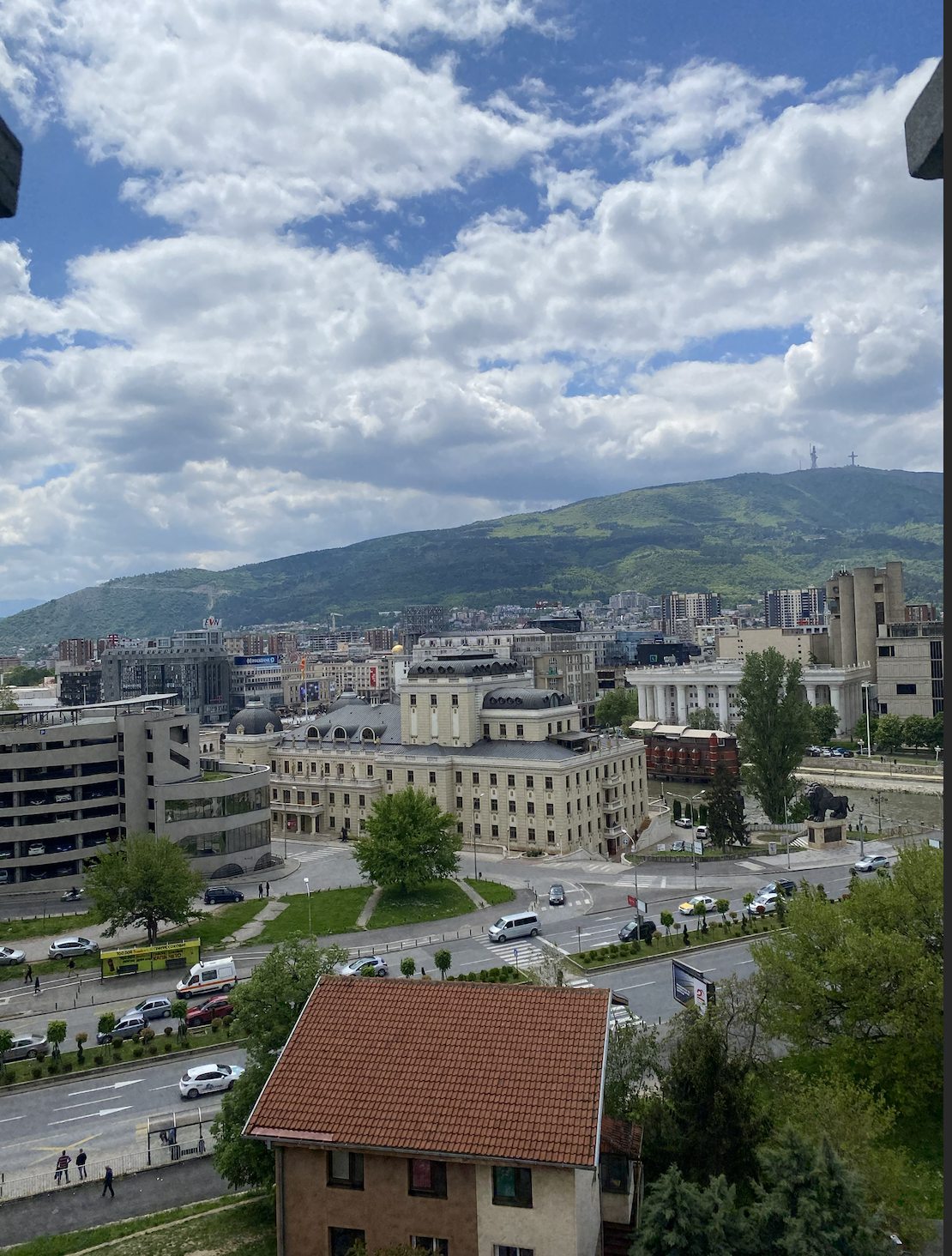
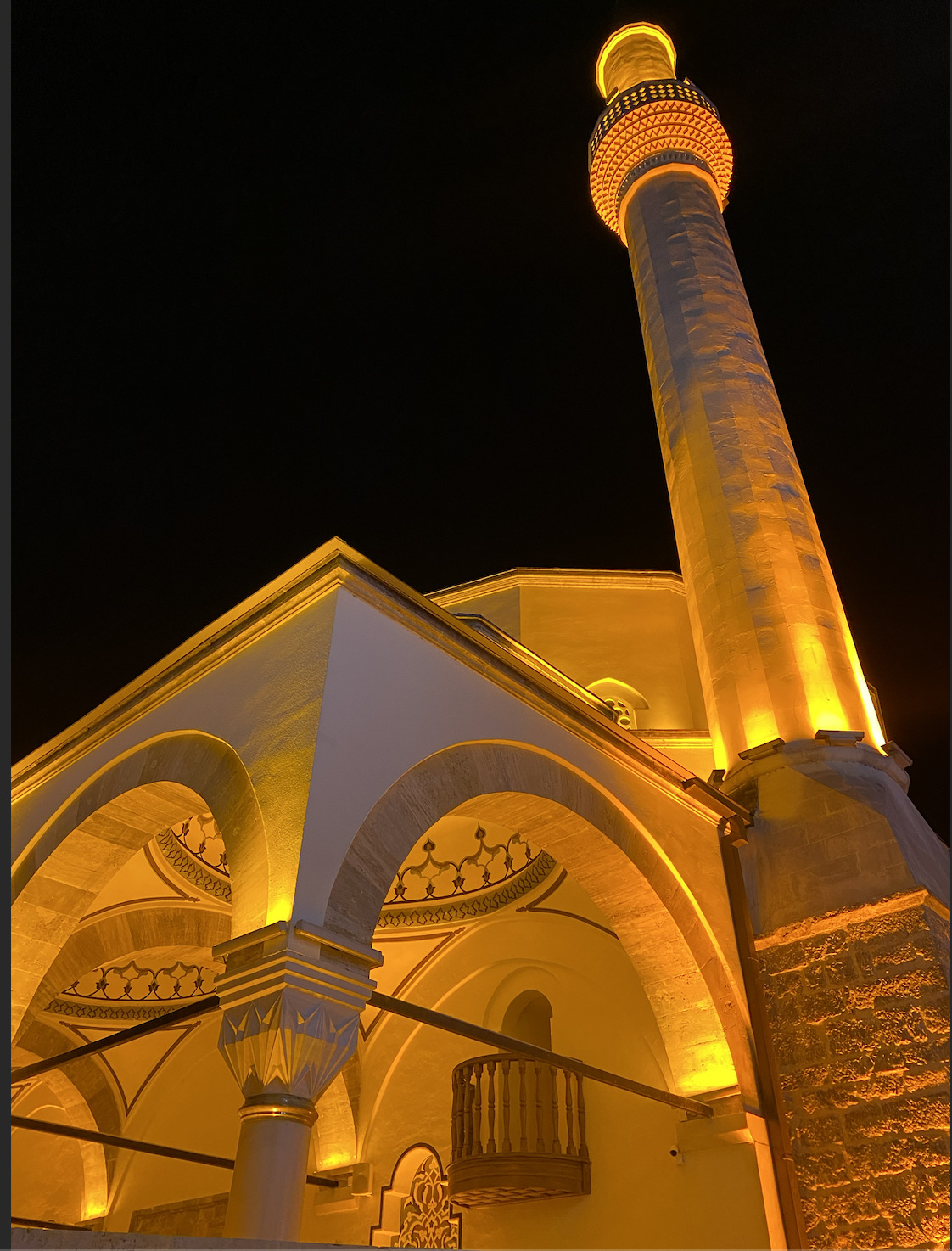
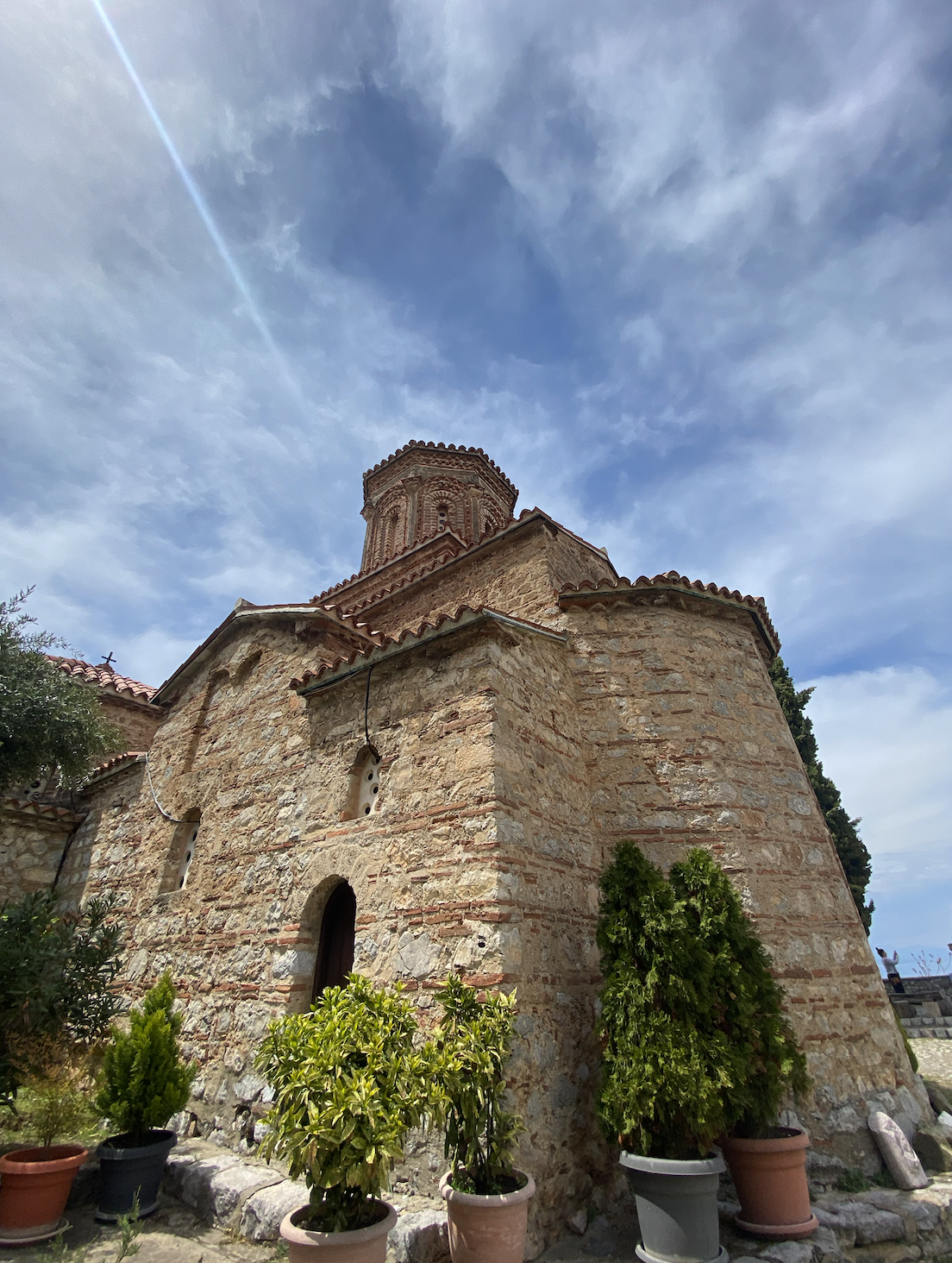

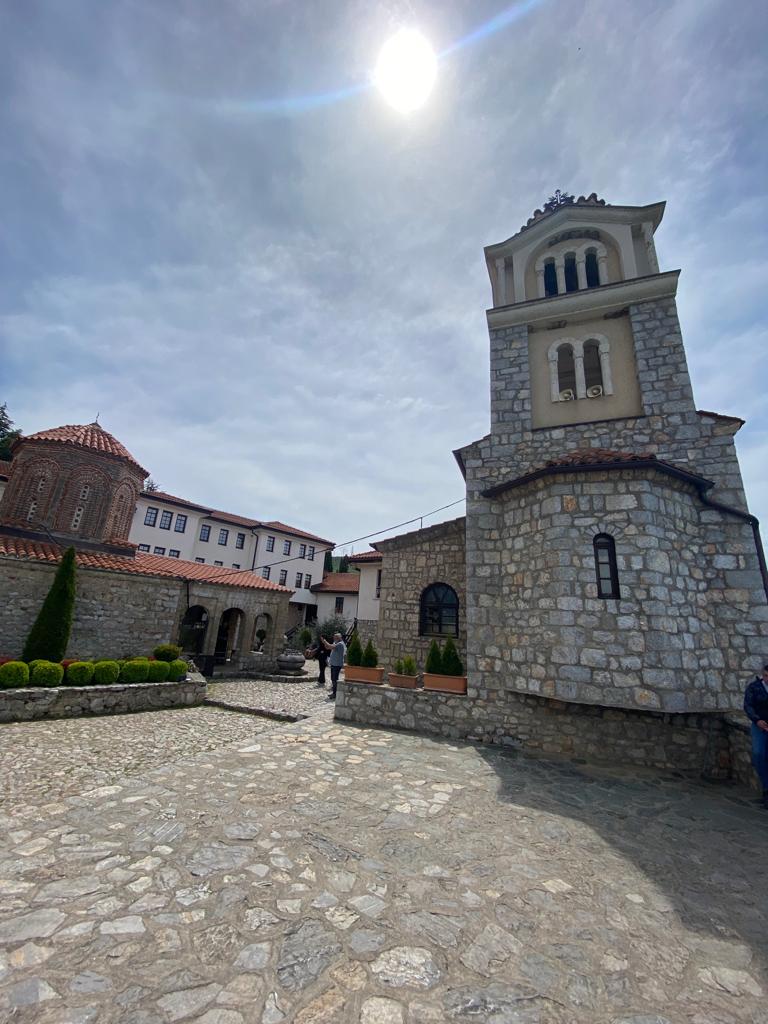
Contact us